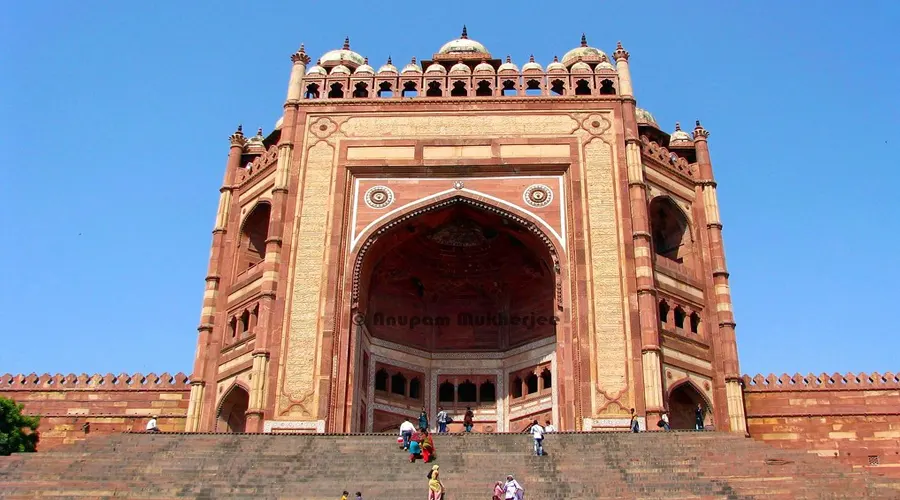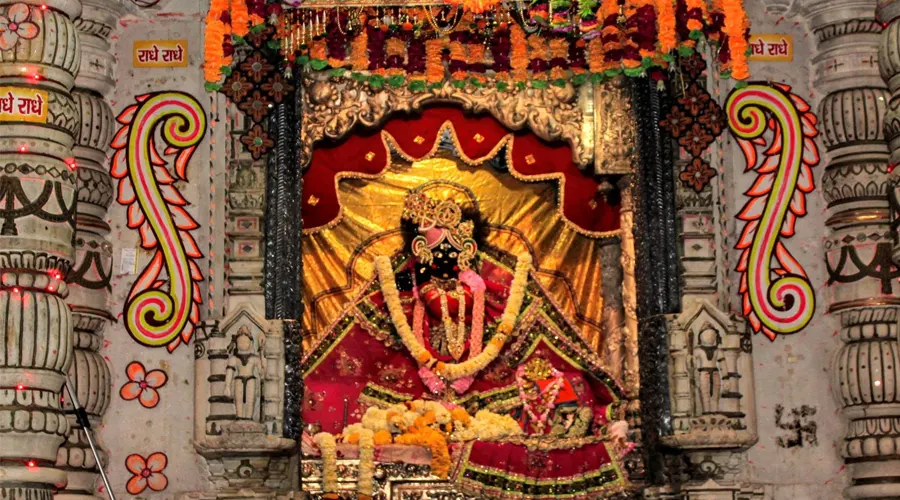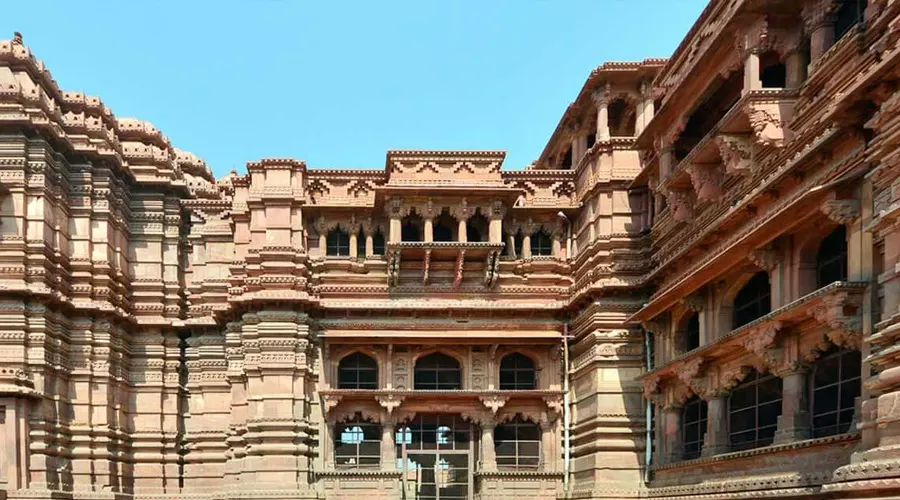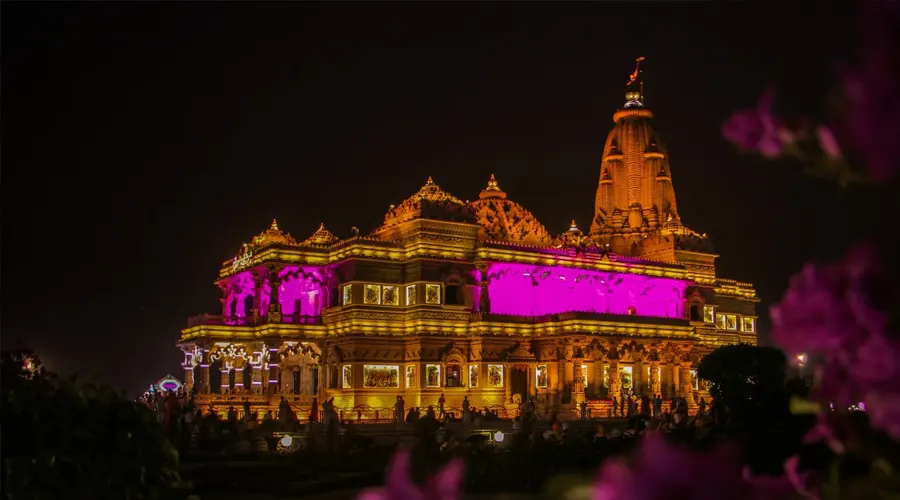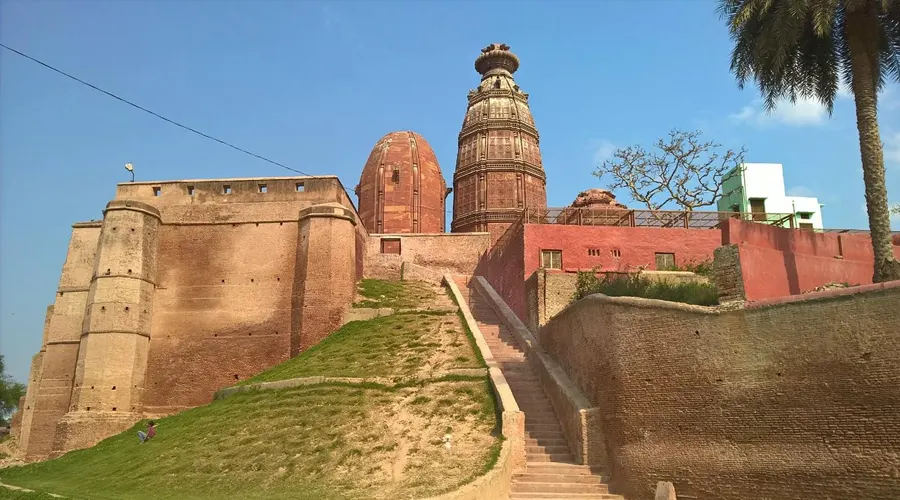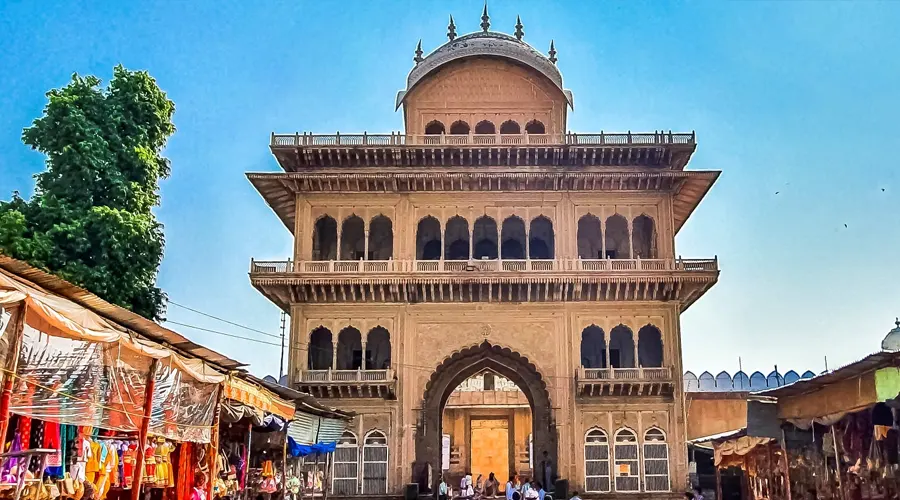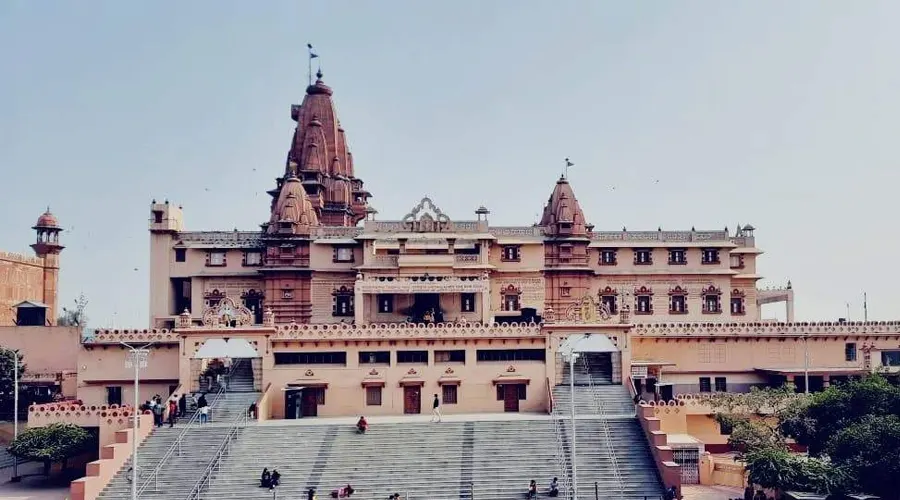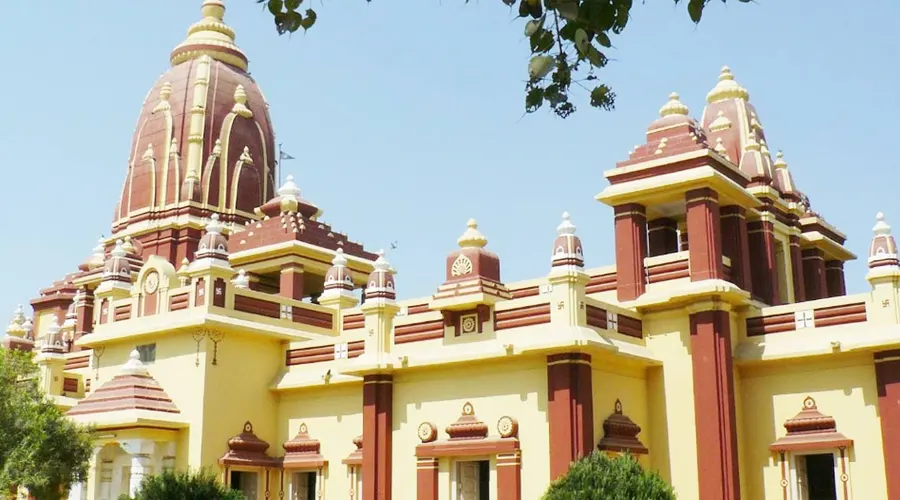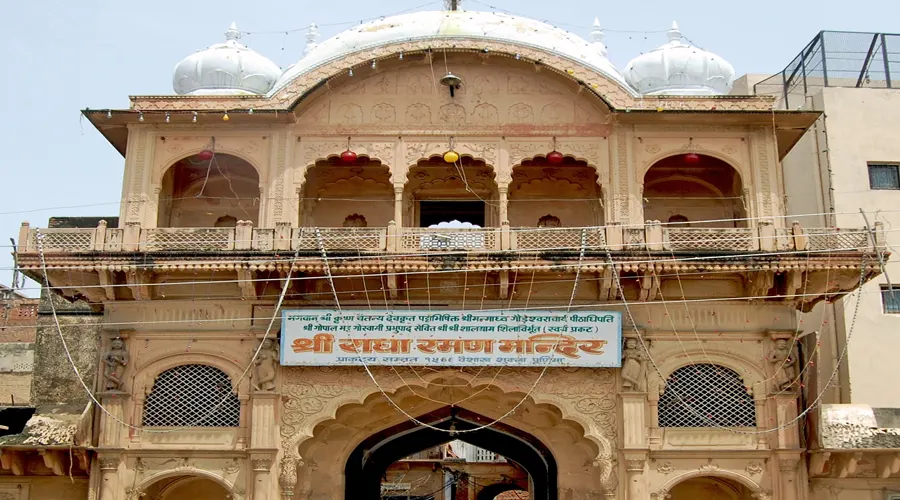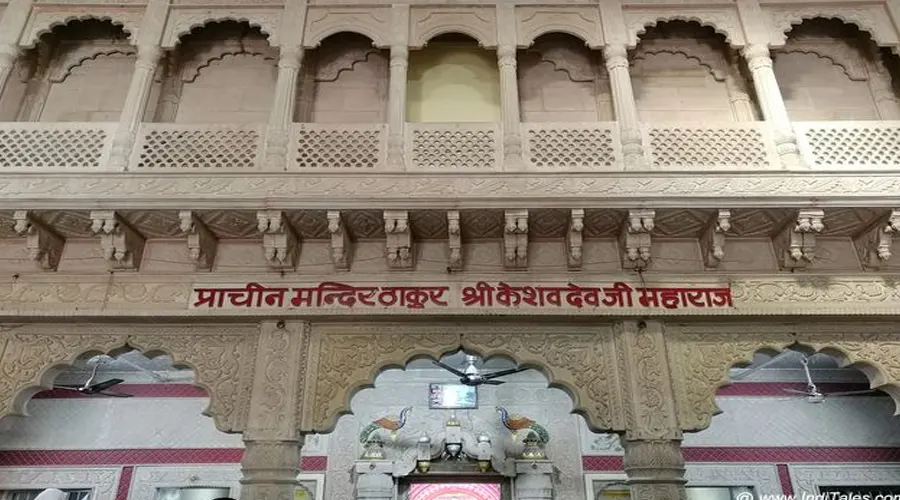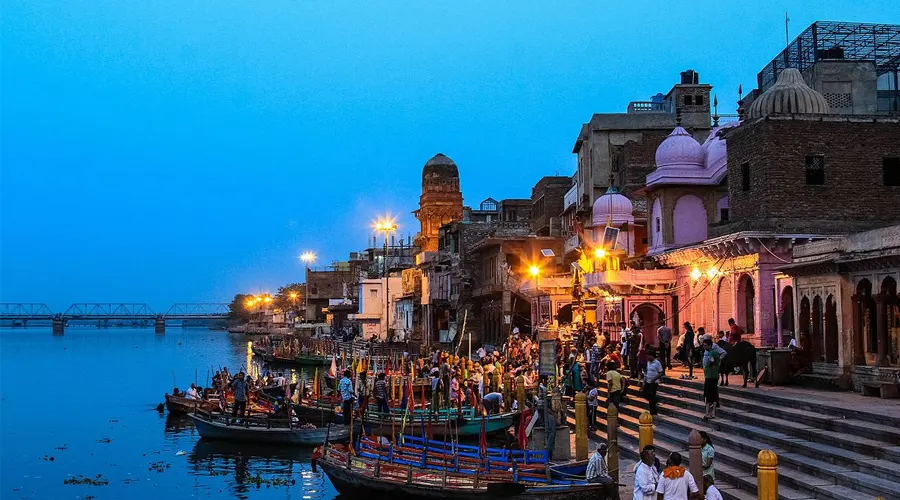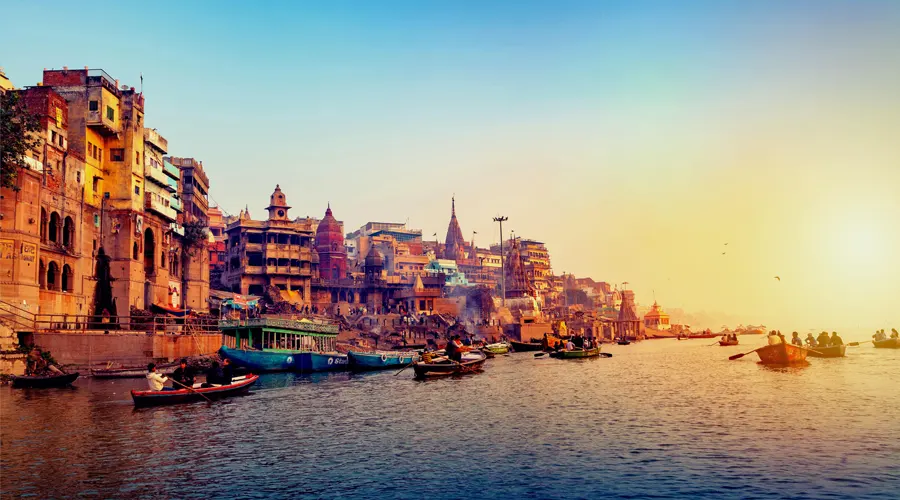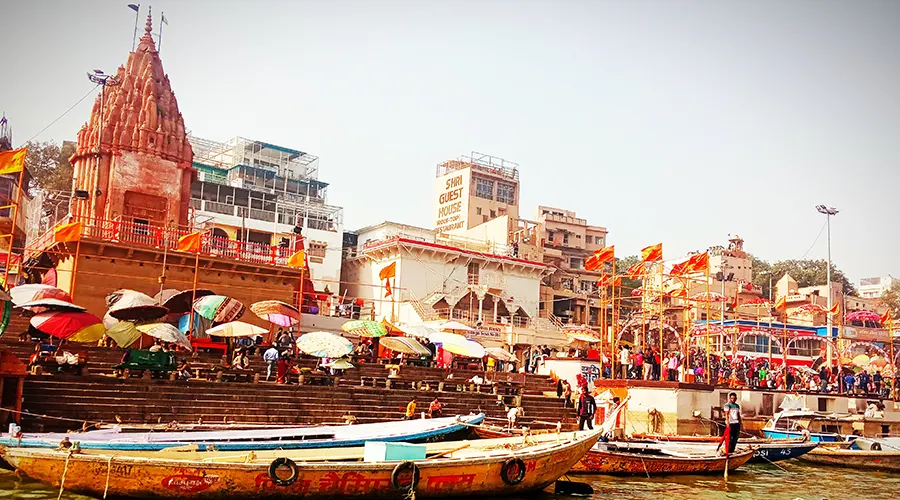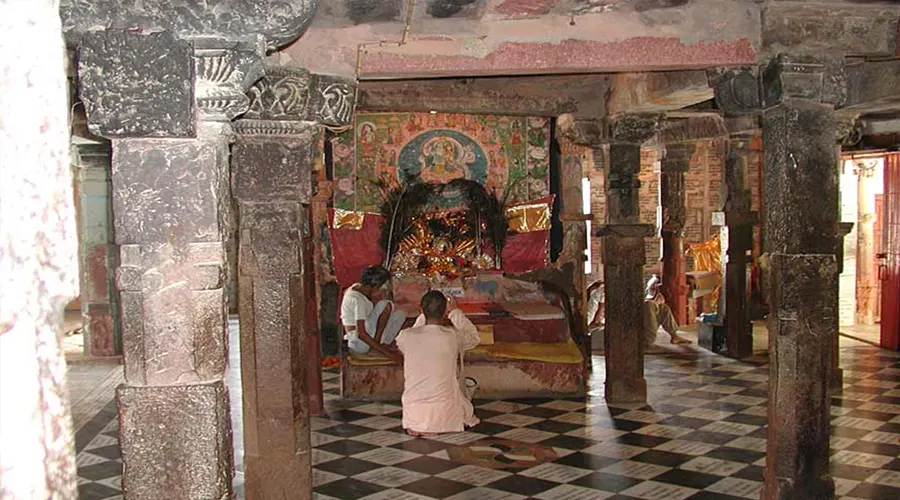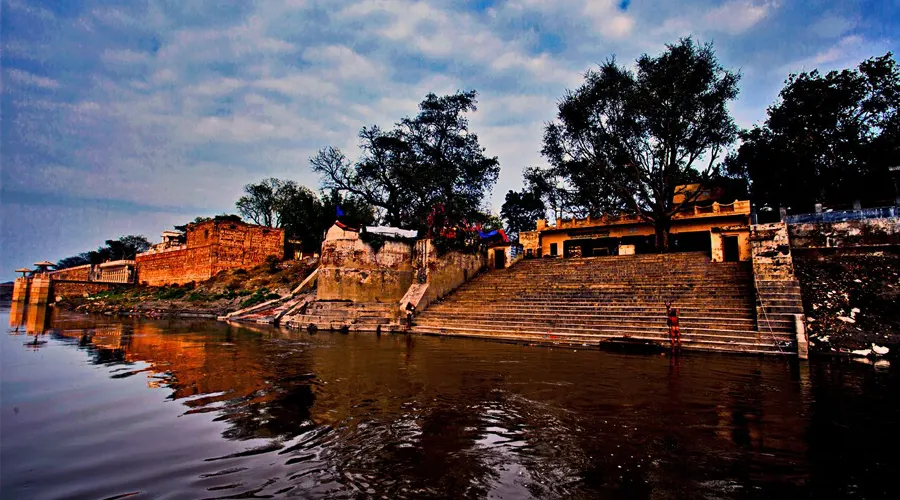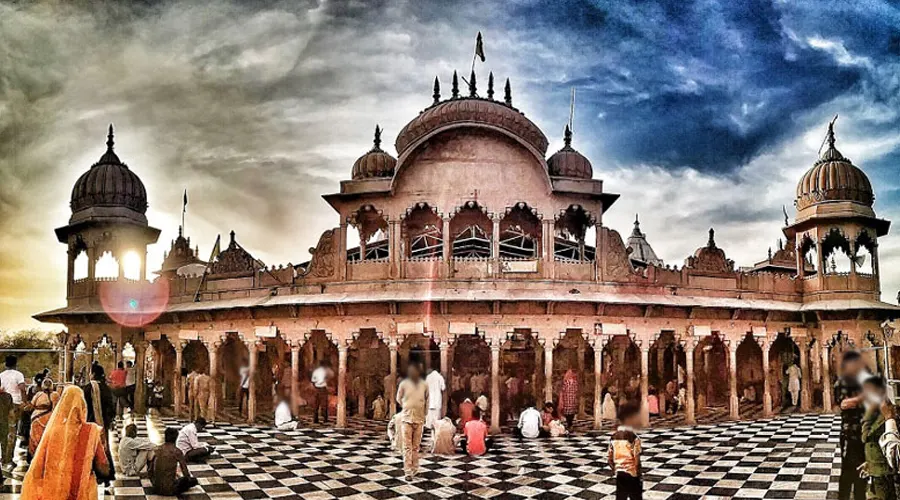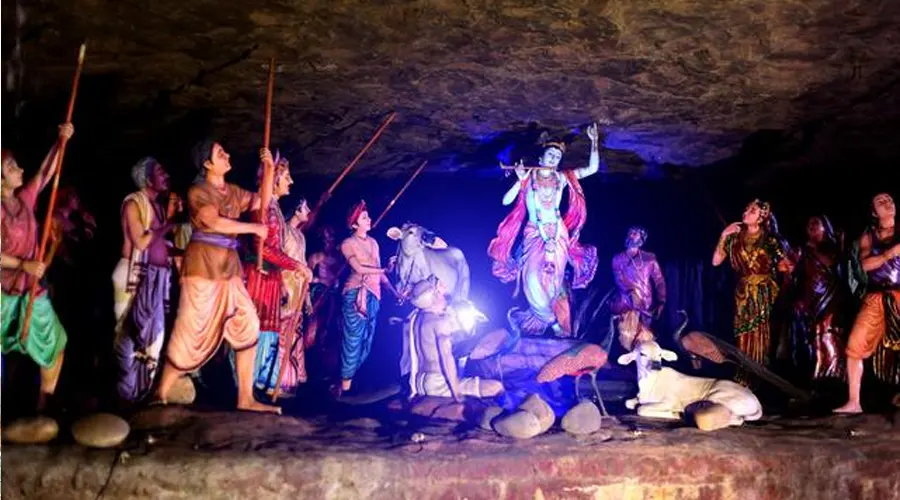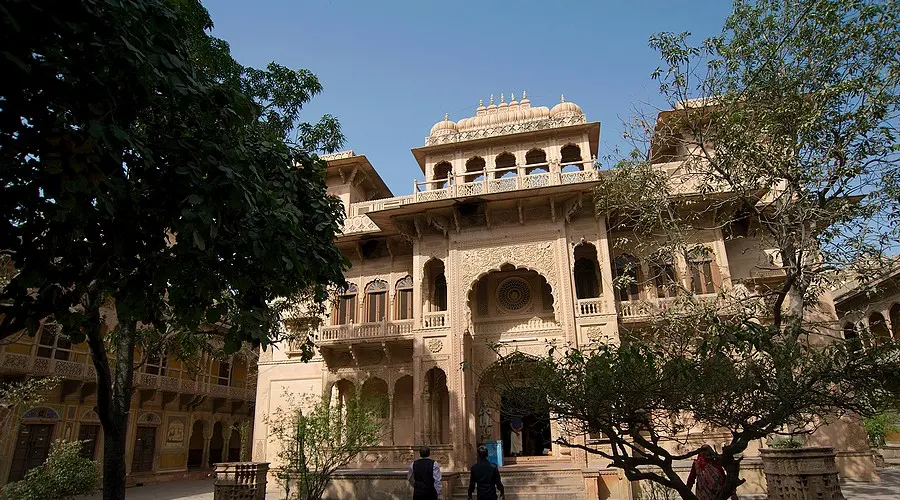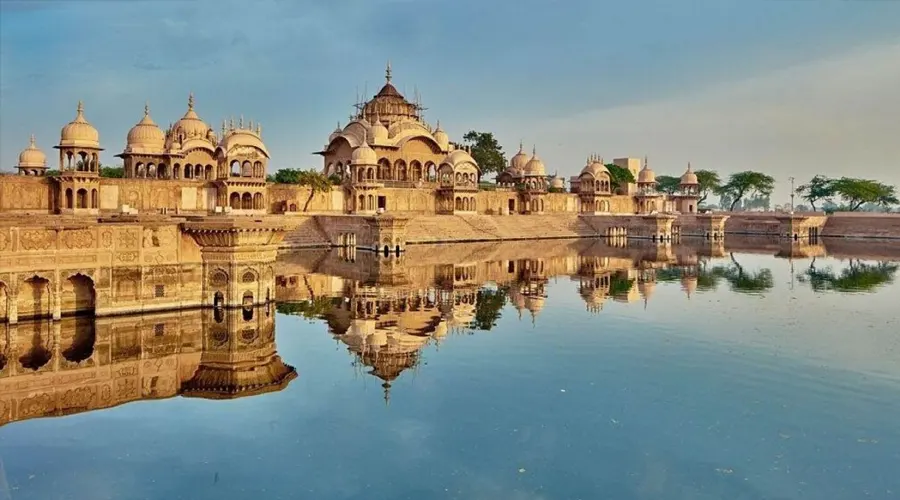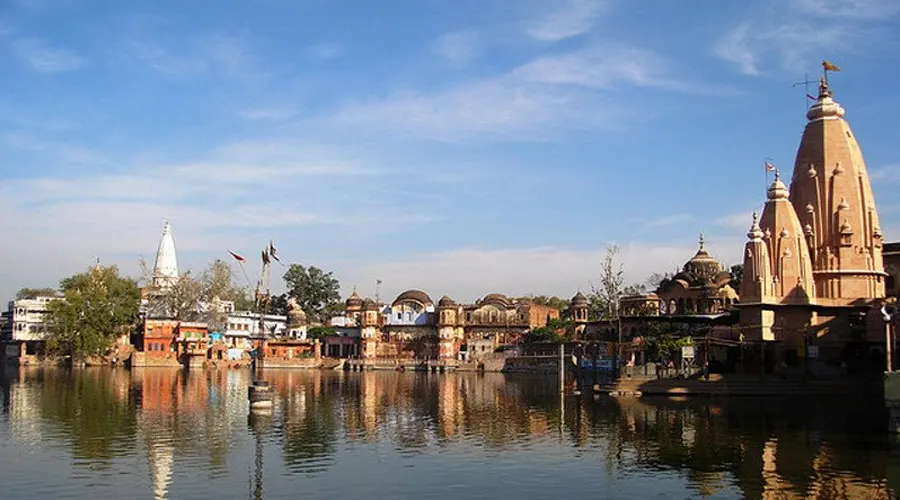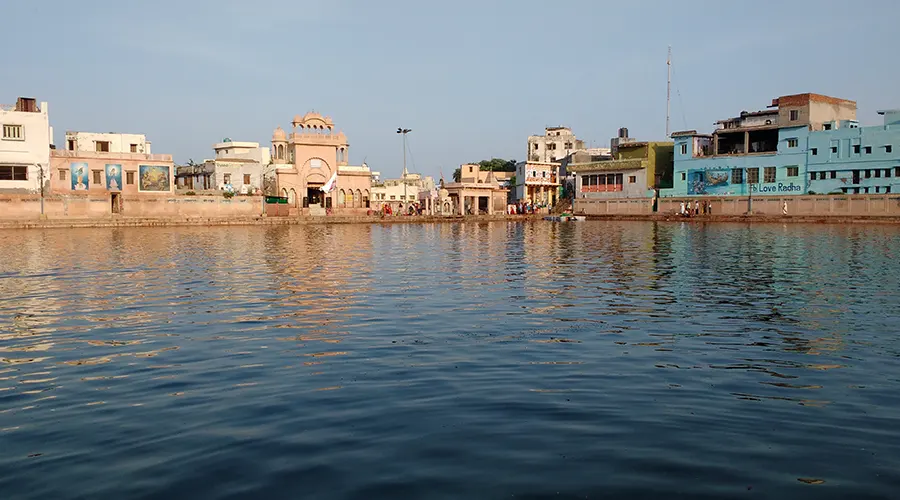Buland Darwaza Agra
As you make your way towards Fatehpur Sikri during your trip from Agra, you are greeted by the sight of the Buland Darwaza. And what a marvelous sight it is, exuding majesty by its sheer proportions and heavenly facade. This magnificent structure was built by the Mughal emperor Akbar to celebrate his decisive victory over Gujarat in 1573.
Judging by its proportions, its sheer size matches the grand occasion for which it was built. It is the highest gateway in the world and can be reached after climbing 42 steps. Here's another impressive fact about it. Made of red and buff sandstone, it is adorned with carvings and inlaying white and black marble. The central face of this gigantic structure bears an inscription that throws light on the religious tolerance and broad-mindedness of Akbar. It is said to have taken over 12 years to build this magnificent structure.
History of Buland Darwaza
The Buland Darwaza is also called “The door of Victory” and was built in 1602 AD by the great Emperor Akbar. He built this gateway just as a sign of his victory over the province of Gujrat. The humongous gate is the main entrance to the Jama masjid located just right to the entrance, and it serves as a gate to the city of Fatehpur Sikri which is just located 43 km away from the city of Agra.
The Buland Darwaza id followed by 42 steps, directly leading to the entrance. All these steps have great height and width, showing the ancient patterns of architecture. The gate holds the title of being the highest located gateway to any monument or city in the entire world. It is always considered to be among the top 5 best artistic show works that Mughals gave to the world. The Buland Darwaza is made up of red sandstone.
These sandstones were some of the most resistant and hardest building materials during the Mughal Empire. The construction of Buland Darwaza was done using these to mark a significant strong door that can act as an entrance and also as a strong guard to the interiors.
The humongous and magnificent structure is also considered one of the best artistic displays of Mughals. It has amazing hand carving, which is engraved deep in the red sandstone to give designs and a lot more to the gateway. Not only this but the constructors of Buland Darwaza also used black marbles to decorate the outer look of the entrance.
Akbar was always considered one of the most lenient kings when it comes to religions. He believed in religion’s tolerance and was very much open-minded to thoughts and people worshipping and following the religion they wanted. This thought of Akbar can be seen in the inscriptions carved on the Buland Darwaza’s central portion.
The Buland Darwaza also has mosques in it. It has a traditional design when it comes to outlines. The shape is usually semi-octagonal which remained constant in most of the entrances the Mughals made. There were pillars on the top of the gateway.
Architecture of Buland Darwaza
The kiosks, also known as chhatris, are located at a great distance from the courtyard of the mosque. It is built with red and buff sandstone and improved with black and white marble. The semi-octagonal gateway consists of 15 stories and is accompanied by three-storied wings on either side. From the ground, the Buland Darwaza rises to a height of almost 54 meters. It can be reached by climbing 42 steps from ground level. Small turrets surround the gateway.
If you take a look at the pillars of the Buland Darwaza, the stylish and elegance of this structure come to light. Those enormous pillars are decorated with fine carvings and inscriptions from the Holy Quran. The verses can also be seen on the arches and offer some idea of the early stages of designs in the Mughal era.
During your sightseeing tour of Fatehpur Sikri, it's the eastern archway that is decorated with Persian inscriptions. These are simply a very beautiful sight to come across and remind you repeatedly of the fine advancements made in the field of art and architecture during the Mughal empire under Akbar. An inscription etched on the central part of the Buland Darwaza once again brings to light the policy of religious tolerance pursued by Akbar.
This inscription is carved in the Persian language and elaborately explains the advice of Jesus Christ to his followers. There is another inscription on the eastern gateway which comprises verses from the Holy Quran. It is carved in Naskh, a style of calligraphy writing written in the Arabic alphabet.

